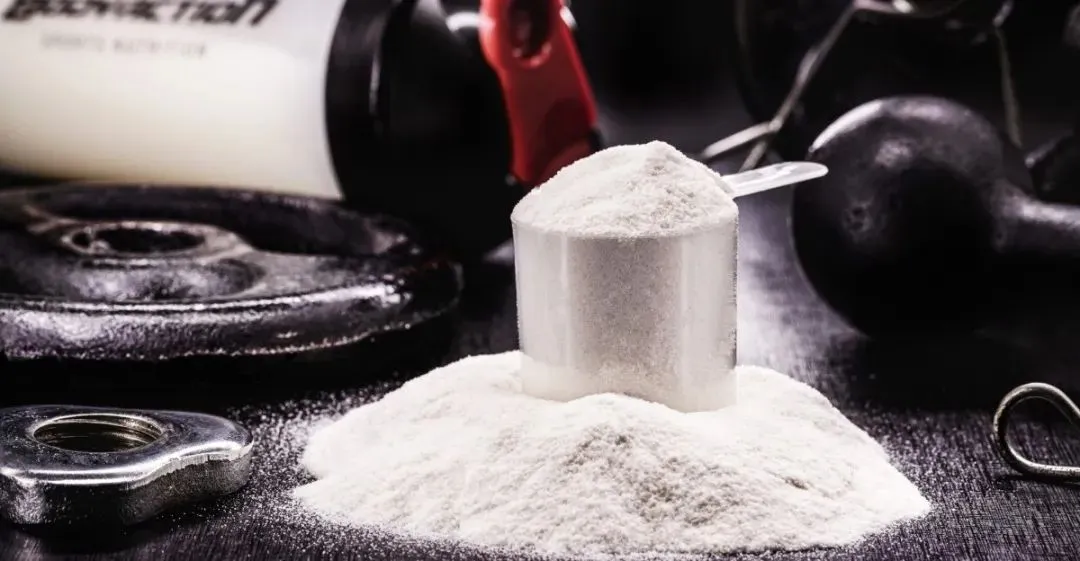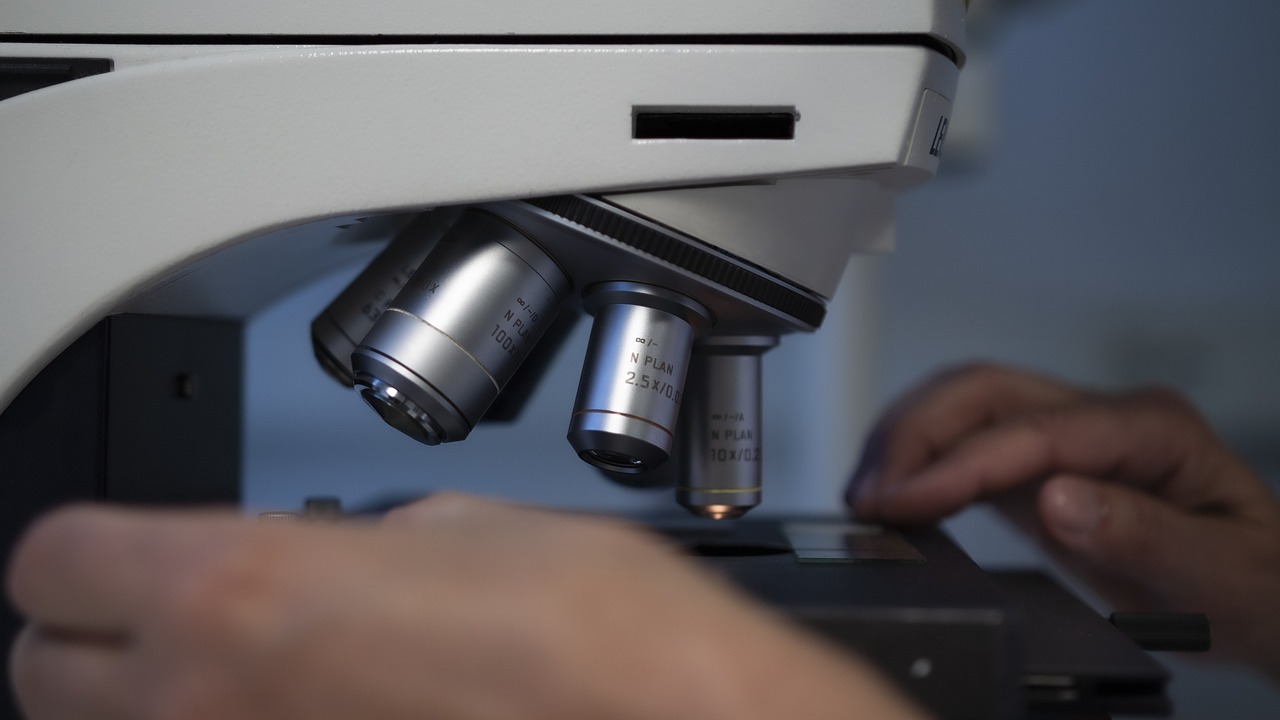-
-
Building 5,18 Yueluo Road, Yuepu Town, Baoshan District, Shanghai, China
Call Anytime
+86 131 2053 3622How Much Creatine Monohydrate Should You Take Daily?
Creatine monohydrate is one of the most widely used and extensively researched sports nutritional supplements due to its proven efficacy in enhancing exercise performance, muscle strength, and body composition. However, determining the optimal daily creatine dosage can be challenging. This detailed guide provides science-based recommendations for creatine dosing tailored to your goals, weight, gender, and other factors.

What Is Creatine Monohydrate?
Creatine monohydrate is the most common supplemental form of creatine, a naturally occurring organic compound in the human body that supplies energy to cells, particularly muscle tissue. It consists of creatine molecules bound to water molecules, enhancing stability and bioavailability.
Decades of research have consistently demonstrated the significant benefits of creatine monohydrate supplementation on physical performance, including increased muscle mass, strength gains, anaerobic power output, and post-exercise recovery. By maximizing creatine stores in muscle tissue, it enhances available energy, thereby improving training effects.
Recommended Dosage
Below is an overview of research-based standard daily dose recommendations for creatine monohydrate:
- 3–5 grams/day for general fitness and muscle-building goals
- 5 grams/day for elite athletes undergoing intensive training
- A "loading phase" of 20 grams/day for 5–7 days, followed by maintenance doses of 3–5 grams/day
- 2–5 grams/day to improve cognitive abilities such as attention and memory
- 5 grams before and after training sessions on training days
Lower doses (2–3 grams/day) may still provide benefits for recreational trainers performing light to moderate exercise. The maximum effective dose appears to be approximately 5 grams/day, with higher doses unlikely to increase efficacy.
The Benefits of Creatine Monohydrate
More than 500 studies have consistently demonstrated the safe and effective benefits of creatine, including:
- Increasing lean muscle mass and size with training
- Enhancing strength for greater resistance during repetitions and sets
- Improving anaerobic power output during sprints and jumps
- Reducing muscle breakdown and post-exercise soreness
- Enhancing cell hydration and increasing muscle fullness
- Maximizing muscle creatine stores to improve exercise capacity
- Accelerating recovery between workouts and promoting glycogen replenishment
- Enhancing cognitive function, memory, and mental concentration
- Supporting bone mineral density to prevent injuries
At an appropriate dose of 3–5 grams/day, creatine is one of the safest supplements for promoting muscle growth and performance. Below, we explore specific dosing considerations.
How Much Creatine Is Needed Daily to Build Muscle?
To increase muscle mass, the optimal dosage of bulk creatine monohydrate powder is 3–5 grams/day:
- 3 grams/day provides moderate muscle-building benefits and improved performance for recreational weightlifters.
- 5 grams/day maximizes muscle creatine saturation, leading to more significant muscle and strength gains during high-intensity training. This is the most studied dose.
Spreading doses throughout the day rather than taking a single large dose increases muscle creatine stores. Consistency is key—daily dosing is required to maintain muscle creatine levels rather than cycling or discontinuing creatine. To rapidly increase creatine levels initially, a loading phase of 20 grams/day for 5–7 days can be used, followed by maintenance doses of 3–5 grams/day.
How Much Creatine Should You Take Based on Your Weight?
Although dosing based on body weight is not strictly necessary, heavier individuals with more muscle mass may benefit from staying at the higher end of the recommended dose range:
- 3–5 grams/day if weighing 150–200 pounds. Starting at 3 grams/day offers benefits.
- If weighing over 200 pounds, maintaining close to 5 grams/day optimizes muscle creatine saturation. Larger muscles require more creatine.
- If weighing less than 150 pounds, start with 3 grams/day and monitor effects. If no side effects occur, cautiously increase to 5 grams/day.
Stay hydrated—extra water helps reduce gastrointestinal side effects and facilitates creatine delivery to muscle cells. Avoid unnecessarily large doses exceeding 5 grams/day, as excess creatine will be excreted. Adjust the standard dose range according to individual body weight and tolerance. The loading phase helps maximize muscle creatine content more quickly during the first 1–2 weeks.
How Much Creatine Monohydrate Per Day?
Research-supported guidelines for supplemental daily doses of creatine monohydrate include:
- 3–5 grams/day for men, depending on training goals and body weight.
- 2–5 grams/day for women, with lower doses generally recommended.
- An initial loading phase of up to 20 grams/day for 5–7 days.
- Divide the total daily dose into smaller portions, such as two 2.5-gram doses.
- Continue taking creatine for at least 6–8 weeks to increase muscle reserves, then stop cycling for 1 week if needed.
- Try taking doses before and after exercise for maximum benefit—for example, 2.5 grams before and after training.
If creatine is well-tolerated, most fitness enthusiasts can maintain a daily intake of 3–5 grams long-term without cycling.
How Much Creatine Should Women Take?
The following are recommended creatine dosing guidelines specifically for women:
- 2–5 grams/day
- Start at the lower limit of 2 grams/day and assess tolerance.
- A conservative dose of 2–3 grams is likely sufficient for most women.
- Increase to 5 grams/day only with intensive, frequent training.
- Stick to consistent dosing on both exercise and rest days.
- Stay hydrated throughout the day.
Although muscle creatine requirements are similar regardless of gender when controlling for muscle mass, females may be more susceptible to minor side effects and water weight changes due to higher creatine intake. Starting with about 2–3 grams/day minimizes unnecessary problems.
How Many Creatine Capsules Should You Take Per Day?
For most bulk creatine monohydrate powder capsules containing 500–1000 mg, the daily dose guideline translates to:
- 3 grams = 3–6 capsules
- 5 grams = 5–10 capsules
To spread the dose, take half of the total daily dose in the morning and the other half in the afternoon/evening. Seek micronized creatine monohydrate powder capsules without additives for maximum absorption.
Capsules are typically slightly more expensive than powders but offer precise dosing and convenience. Some users report fewer minor side effects (e.g., bloating or cramps) after taking capsules. Both forms are equally effective.
How Much Creatine Should Be Taken During the Loading Phase?
The following are dose guidelines for the creatine loading phase:
- Total of 20 grams/day for 5–7 days.
- Divided into four 5-gram doses throughout the day.
- Quickly saturates muscle creatine levels for faster results.
- Causes a significant increase in muscle water content, leading to rapid weight gain.
The loading phase is recommended only at initiation and not for maintenance doses. Not everyone requires it—standard doses remain effective long-term. Rapidly maximizing intramuscular creatine monohydrate concentration during the loading phase improves training performance and muscle fullness but may increase the risk of side effects. Standard doses accumulate gradually over several weeks.
Is 10 Grams of Creatine a Day Too Much?
While a short-term dose of 10 grams/day may be safe, such a high dose over the long term does not confer additional benefits and may increase the risk of side effects or potential renal stress. Studies show that 3–5 grams/day provides maximum effects. Higher doses exceeding 5 grams/day:
- Do not significantly further increase muscle creatine levels.
- Are excreted through urinary waste.
- Increase the risk of dehydration and renal stress.
- May cause indigestion, cramps, or muscle strains.
- Result in weight gain solely due to water retention, not extra muscle mass.
Unless performing a short loading phase initially, sticking to 3–5 grams/day long-term optimizes performance and muscle growth while ensuring safety.
Is It Better to Take 5 or 10 Grams of Creatine a Day?
Based on extensive studies, taking 5 grams of creatine monohydrate daily appears to provide the greatest improvement in exercise performance, strength, power output, and lean muscle mass compared to 10 grams/day.
5 grams/day is optimal for:
- Achieving complete muscle creatine saturation—higher doses do not increase further.
- Providing sufficient benefits to significantly improve training capacity and recovery.
- Demonstrating consistent effectiveness in nearly all studies involving athletes and bodybuilders.
- Ensuring long-term safety with lower risks of side effects or renal stress.
Unless performing a short loading phase, most users adhere to approximately 5 grams/day, divided into smaller doses of 2–3 grams for best results. Higher daily intakes are unlikely to improve muscle and strength building and may result in increased side effects or product waste.
In summary, creatine dose requirements vary depending on individual goals, body size, and response. Staying within well-studied dose guidelines maximizes benefits and ensures safety.





